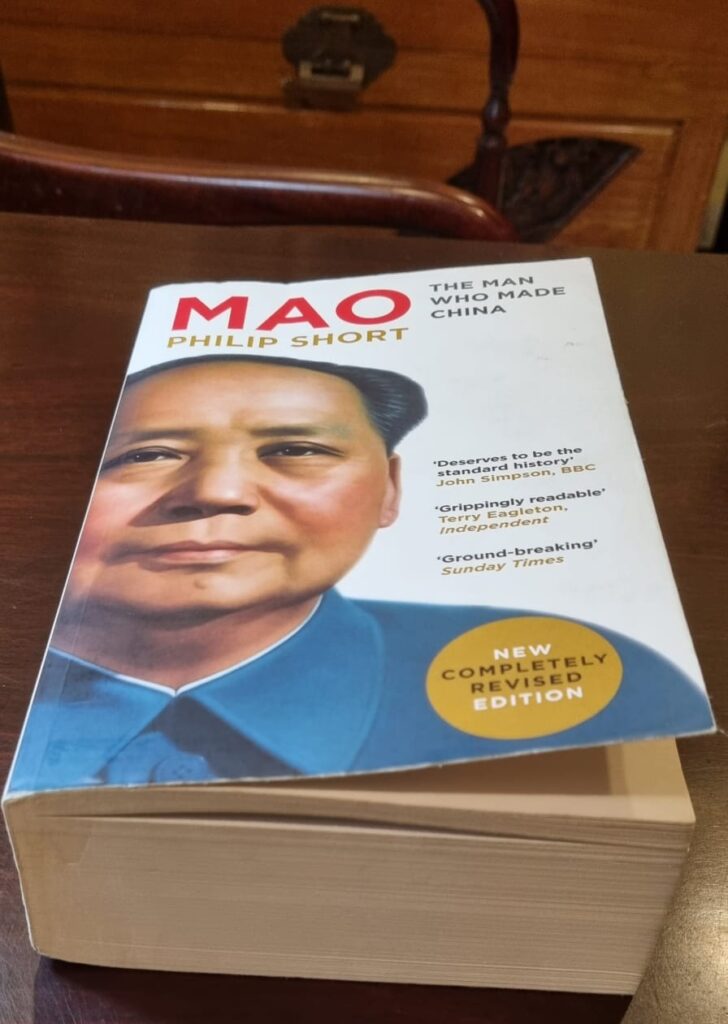
Thongdao, an obscure town in southern Hunan, is where Mao started in December 1934 to play a prominent role in the ultimate victory over the Nationalists led by Chiang Kai-shek.
In October 1934, the Reds abandoned their base area in Jiangxi in a desperate gamble to avoid being trapped by Chiang Kai-shek’s new strategy of building closing rings of fortified blockhouses around their camps.
86,000 men and women trekked out. Their ultimately 6000 mile trek across China would be celebrated later as the Long March. (Page 3, Philip Short’s Mao, 2017 ed).
At that time, the Reds’ decision-making was in the hands of a three-man committee. Bo Gu, 27, was acting Party leader. Zhou En Lai was the General Political Commissar of the Red Army and de facto No. 1. The third, Otto Braun, a German, was the Communist International’s military advisor.
They planned to make for North-west Hunan. But the Reds were caught by Chiang and suffered huge losses at the Xiang River.
The remnants regrouped in Thongdao in southern Hunan. The Troika wanted to stick to the original plan to move northwest to Hunan. The military commanders disagreed, as Chiang had 300,000 troops blocking the route north.
A compromise was agreed to head west, into the mountain fastness of Guizhou. There will be a full meeting of the Politburo to discuss future strategy.
The compromise proposal came from Mao. This was the beginning of Mao’s contribution to the ultimate victory. (P6).
LWH, 30 SEP 2025
